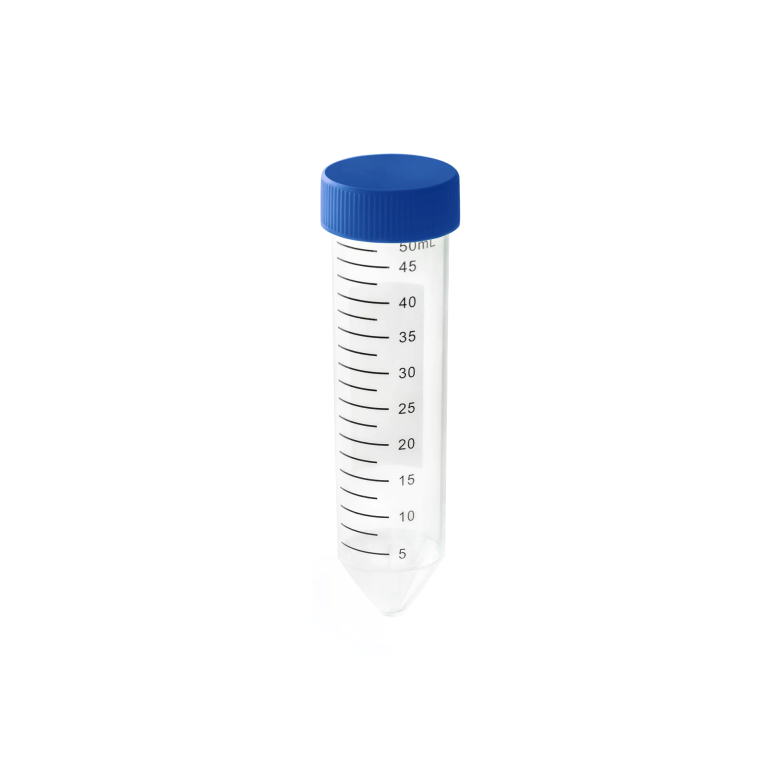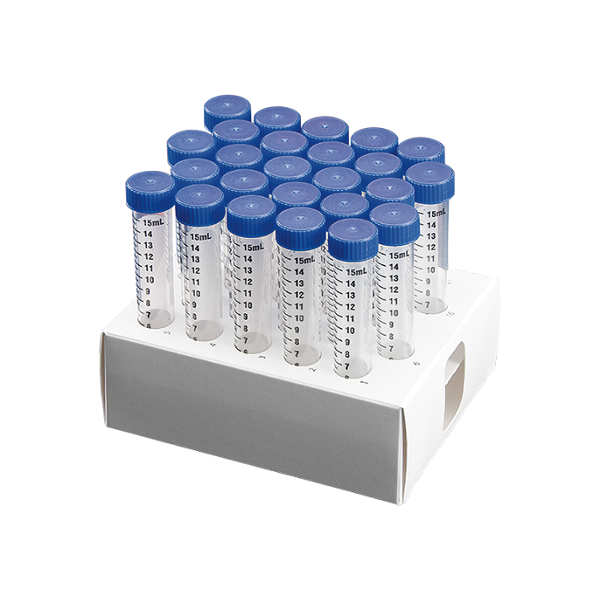The number of electrodes required for an ECG depends on the type of ECG being performed:
– 3 electrodes – This basic 3-lead ECG uses 3 electrodes to record 1 lead/view of the heart’s electrical activity, usually Lead I.
– 4 electrodes – A 4-electrode ECG can obtain 2 views of the heart by calculating Lead I and Lead II.
– 10 electrodes – The standard 12-lead ECG uses 10 electrodes placed on the limbs and chest. This provides 12 different views of cardiac electrical activity to comprehensively assess the heart.
– 12+ electrodes – Some ECG systems use additional electrodes on the chest for more detailed voltage recordings that can be mathematically synthesized into additional leads.
– 1-2 electrodes – Small portable ECG monitors may only use 1-2 electrodes for basic heart rate and rhythm monitoring.
So in summary:
– 3 electrodes are the minimum needed for a basic ECG
– 10 electrodes are standard for a 12-lead diagnostic ECG
– More electrodes can provide additional leads and perspectives
– Fewer electrodes may be used in some portable/continuous monitoring devices
The number of leads recorded determines the number of electrodes required to obtain recordings from those perspectives. More leads provide more comprehensive ECG information.


